Septic Inspection Timing Guide
Septic inspections are essential for maintaining the functionality and longevity of a septic system. Regular inspections help identify potential issues before they become costly repairs or cause system failure. The optimal timing for inspections depends on usage, system age, and environmental factors. Typically, inspections are recommended every 1 to 3 years, but specific circumstances may warrant more frequent checks.
Perform septic inspections during routine maintenance to ensure early detection of problems and prolong system life.
Inspect septic systems prior to buying or selling property to confirm system health and compliance.
Following heavy rainfall or flooding, inspections can identify potential damage or blockages.
Systems over 3-5 years old should be inspected more frequently to monitor performance.
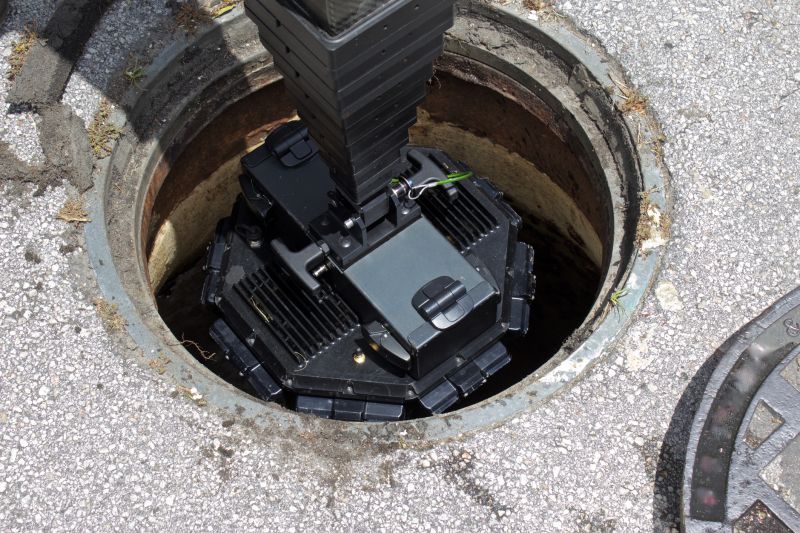
Specialized tools used to assess septic system components.
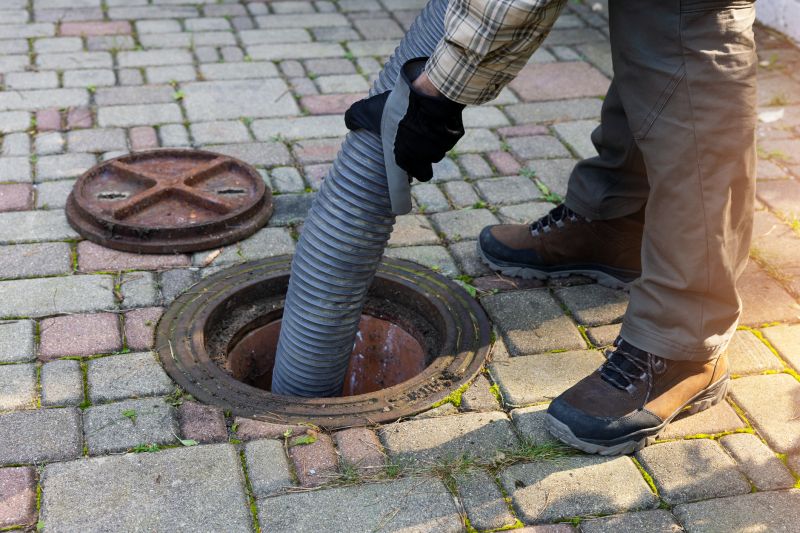
Technicians perform detailed evaluations of septic tanks and drain fields.
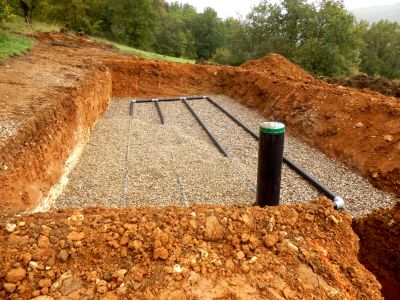
Visual overview of septic tank, drain field, and piping.
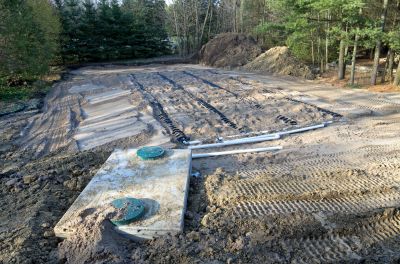
Ways to make Septic Inspections work in tight or awkward layouts.
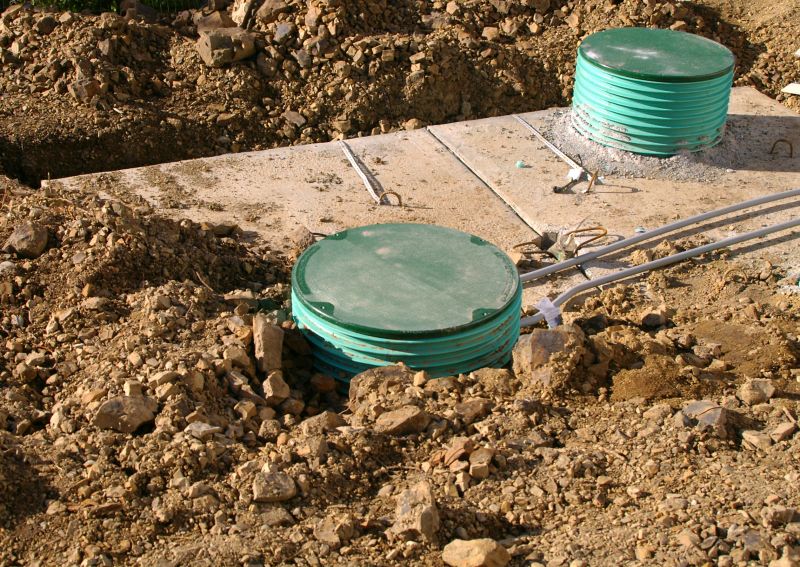
Popular materials for Septic Inspections and why they hold up over time.
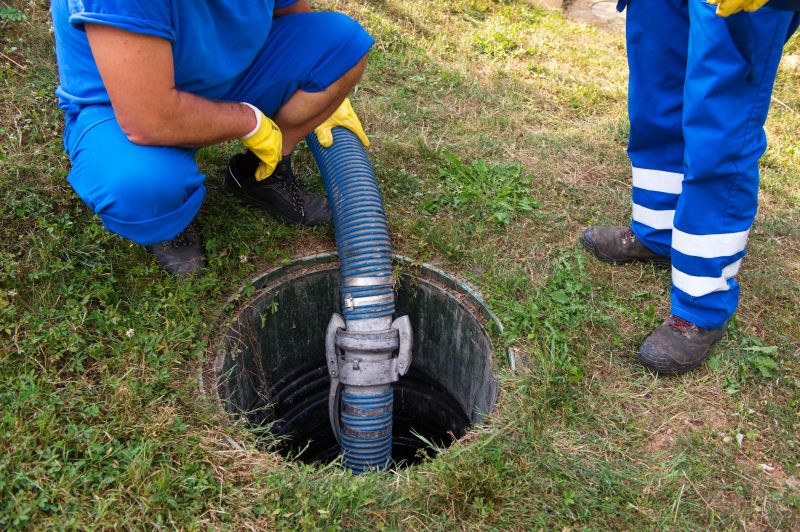
Simple add-ons that improve Septic Inspections without blowing the budget.
Septic inspections play a crucial role in ensuring the proper functioning of onsite wastewater treatment systems. Regular assessments can help detect issues such as tank leaks, blockages, or drain field failures. According to industry statistics, proactive inspections can reduce emergency repairs by up to 60 percent and extend the lifespan of septic systems by several years. Proper timing and frequency of inspections depend on system age, usage patterns, and environmental conditions, making tailored schedules essential for optimal system health.

Professional inspecting a septic tank.

Assessing the drain field for proper function.

Access point for tank inspection and maintenance.
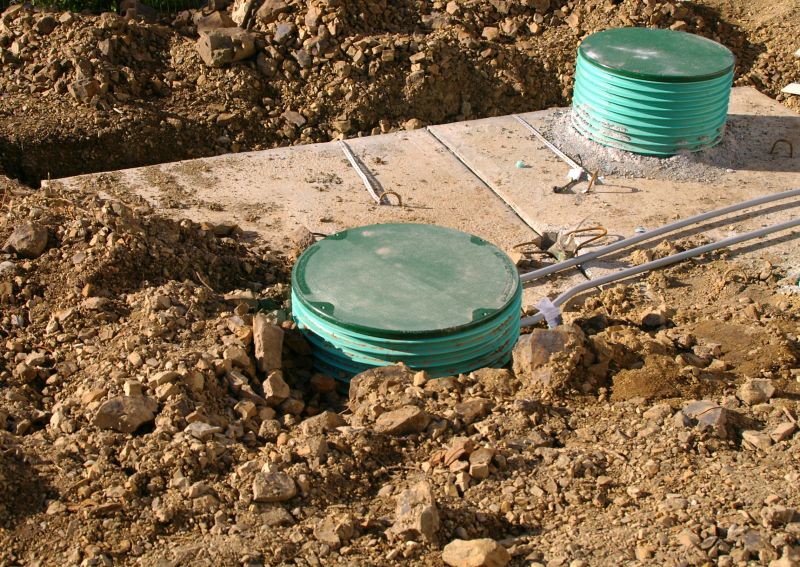
Tools used for thorough septic system evaluation.
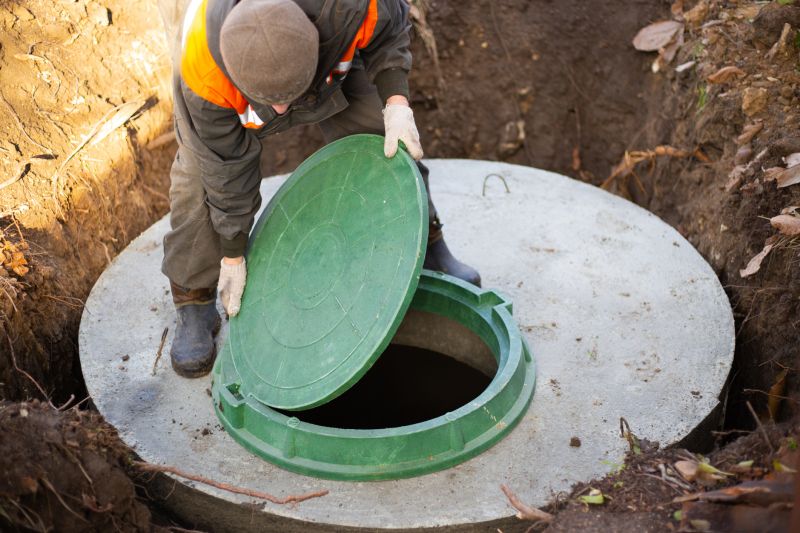
High-end options that actually feel worth it for Septic Inspections.
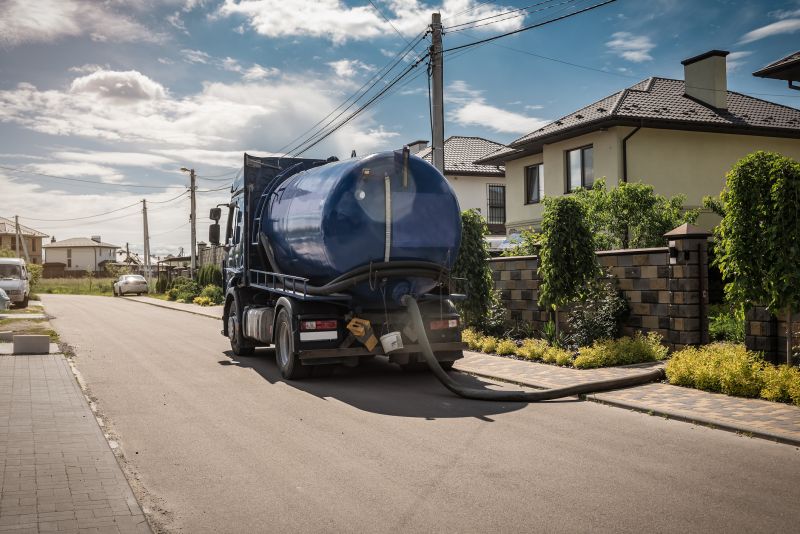
Finishes and colors that play nicely with Septic Inspections.
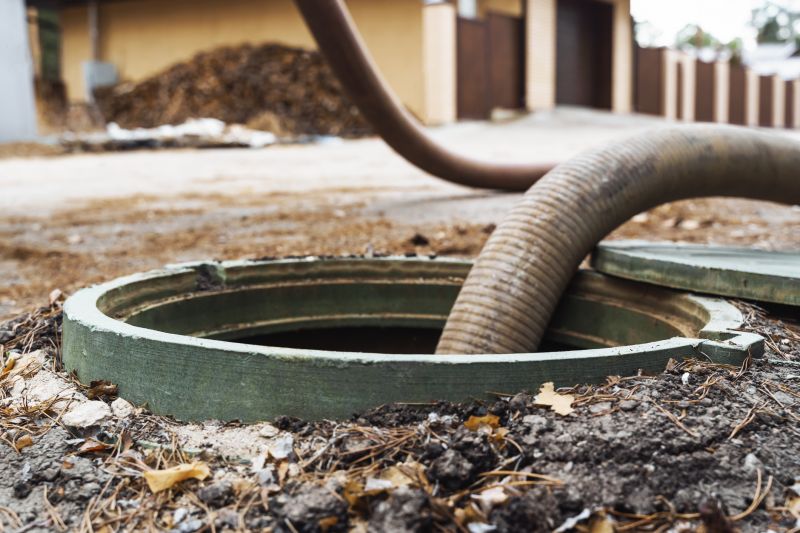
Little measurements that prevent headaches on Septic Inspections day.

A 60-second routine that keeps Septic Inspections looking new.

A frequent mistake in Septic Inspections and how to dodge it.
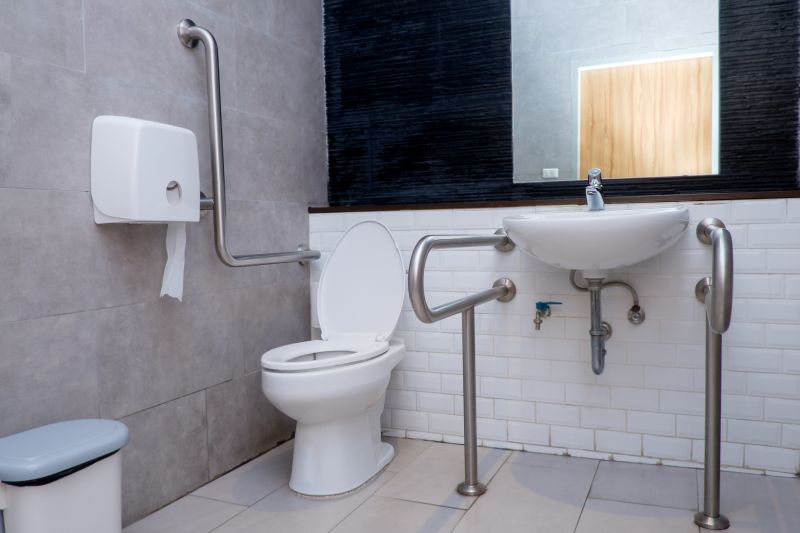
Small tweaks to make Septic Inspections safer and easier to use.
| Timing Recommendations | Details |
|---|---|
| Every 1-3 years | Routine inspections to prevent issues and extend system life. |
| Before property transfer | Ensure system compliance and functionality before sale. |
| Post severe weather | Check for damage after heavy rain or flooding. |
| System over 5 years old | More frequent inspections may be necessary. |
| Seasonal high usage | Inspect more often during peak usage periods. |
| After repairs or upgrades | Verify repairs are successful and system is functioning properly. |
| When noticing system problems | Immediate inspection to diagnose and address issues. |
